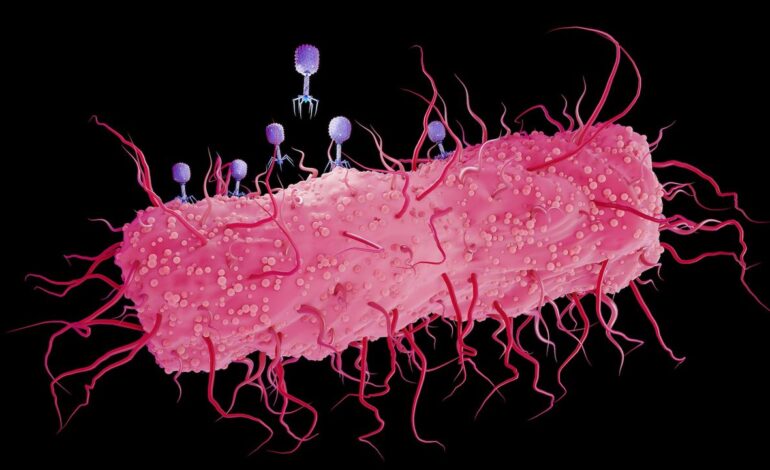Groundbreaking Experiment Validates Darwin’s Theory of Evolution

On November 20, 1943, a transformative experiment conducted by physicist Max Delbrück and biologist Salvador Luria provided substantial support for one of the foundational concepts of Charles Darwin‘s theory of evolution. Their research, conducted at Indiana University and Vanderbilt University, demonstrated that mutations in bacteria occur spontaneously, rather than as a direct response to environmental pressures.
The significance of their findings lies in the long-standing debate surrounding Darwin’s assertion in his 1859 work, On the Origin of Species. Darwin posited that natural variation occurs randomly among organisms, and that environmental factors determine which traits are advantageous, leading to the survival of the fittest. In contrast, earlier theories, such as those proposed by French naturalist Jean-Baptiste Lamarck, suggested that environmental pressures could directly induce changes in organisms.
Delbrück and Luria’s work emerged during a time when Darwin’s theories were largely accepted in the context of plants and animals. However, skepticism remained regarding their applicability to bacteria. Some scientists theorized that the interactions between bacteriophages—viruses that infect bacteria—and their bacterial hosts might induce resistance in the bacteria.
Delbrück, who had fled Germany due to the Nazi regime, serendipitously entered the field of genetics. While researching in California, he became captivated by the ease with which individual bacteriophage particles could be observed under a microscope. He recounted, “You could put them on a plate with a lawn of bacteria, and the next morning every virus particle would have eaten a macroscopic 1 mm [0.04 inch] hole in the lawn.” This initial fascination set the stage for his groundbreaking work.
In December 1940, Delbrück met Luria at Cold Spring Harbor Laboratory in New York. Like Delbrück, Luria had escaped the Nazis and was looking for a more stimulating research focus. They decided to investigate the potential of bacteriophages to induce resistance in Escherichia coli.
The duo devised a method to test their hypothesis using a statistical approach. They filled tubes with E. coli and exposed these cultures to phages, then cultured them on plates. If mutations were induced by the phages, they would expect to see uniform resistance across the cultures. Conversely, if mutations occurred randomly, there would be significant variation in the number of resistant bacteria due to random occurrences.
This experiment, known as the fluctuation test, confirmed that mutations arise randomly in bacteria. Their findings were published in 1943 and added significant weight to the understanding of genetic variation.
Following this pivotal research, Delbrück and Luria collaborated with Alfred Hershey, a microbial chemist. Together, they expanded their investigations, revealing that bacteriophages contained multiple genes and could exchange genetic material through a process called genetic recombination. This collaboration ultimately led to Hershey and Martha Chase‘s landmark discovery that DNA serves as the carrier of genetic information.
In recognition of their contributions, Delbrück, Luria, and Hershey were awarded the Nobel Prize in Physiology or Medicine in 1969. Their work not only reinforced Darwin’s hypothesis that natural selection acts on random variation but also paved the way for further research into the mechanisms of genetic inheritance.
Interestingly, while their findings solidified the understanding of mutations as random occurrences, newer studies suggest that some mutations may not be entirely random. Recent research indicates that mutation rates in essential genes are lower than in less critical ones, and different experimental setups—such as those utilizing the bacterial immune system CRISPR—could yield different results.
The research conducted by Delbrück and Luria remains a cornerstone of modern genetics and evolutionary biology, continually shaping the way scientists understand the complex mechanisms underlying evolution.






